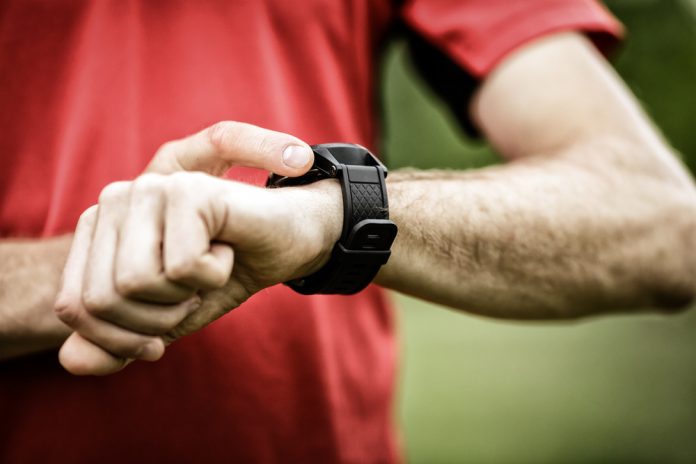When exercising, it can be hard to figure out when you are working out too hard, or not hard enough. You can obviously tell by some signs, like if you are sweating, in pain, or can’t go on. But there is one way to gauge when you are exercising at the best intensity and it is your heart rate.
You target heart rate is the rate at which your heart should beat to increase fitness and burn fat without overworking your heart. The target heart rate is a zone, not just one number. Understandably, your heart rate fluctuates during a workout but as long as you keep it in the target zone, you will be safe and effectively conditioning your heart.
The target heart rate equation
So, how do you know your heart rate? There is a simple formula that will help you calculate your target zone. There are two numbers you need to know in order to figure out this formula; your maximum heart rate and your resting heart rate.
To figure out your maximum heart rate you simply subtract your age from 220.
220 – (your age) = maximum heart rate
To figure out your resting heart rate you count your heart beats per minute while you are at rest, for example at bedtime or when you first wake up.
Now that you have these two numbers you can find your heart rate reserve or HHR. Simply take your maximum heart rate and subtract your resting heart rate. Your target heart rate is between 70% and 85% of your HHR.
As long as you keep your heart rate between these numbers you are going to keep your heart safe from being overworked but you will still be completing a worthwhile exercise.
You can keep track of this by using a heart rate monitor either strapped to your chest or in a watch or fitbit.




